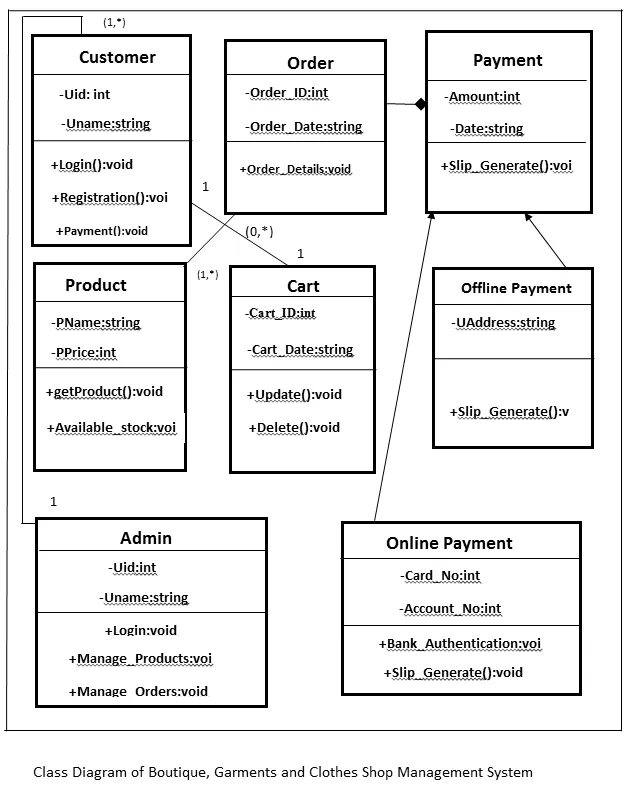Crafting Professional Letters: Essential Writing Tips
Understanding the Purpose of Your Letter
Before putting pen to paper or fingers to keyboard, it’s essential to understand the purpose of your letter. Whether you’re writing to request information, express gratitude, or address a concern, clarity on the purpose will guide the tone, structure, and content of your letter.
Identifying Your Audience
Just as important as understanding the purpose is knowing your audience. Consider who will be reading your letter and tailor your language, style, and tone accordingly. A letter to a potential client will differ in tone from a letter to a colleague or supervisor. Understanding your audience ensures your message resonates effectively.
Starting Strong with a Clear Opening
The opening of your letter sets the tone for the entire correspondence. Start strong with a clear and concise opening that grabs the reader’s attention and clearly states the purpose of your letter. Whether it’s a friendly greeting, a reference to a previous conversation, or a direct statement of intent, a strong opening sets the stage for a successful letter.
Structuring Your Letter Effectively
Effective structure is key to ensuring your letter is well-organized and easy to follow. Consider using a standard business letter format with a clear introduction, body paragraphs, and a concise conclusion. Use headings and bullet points to break up text and highlight key points, making your letter more visually appealing and accessible.
Keeping Your Tone Professional and Polished
Maintaining a professional and polished tone is essential in all business correspondence. Avoid slang, jargon, or overly casual language that may undermine your credibility. Instead, strive for a tone that is courteous, respectful, and professional, regardless of the nature of your letter.
Being Concise and to the Point
In today’s fast-paced world, brevity is key when it comes to written communication. Be concise and to the point, avoiding unnecessary verbosity or repetition. Get straight to the heart of the matter and convey your message clearly and efficiently to ensure your reader’s time is respected.
Using Clear and Engaging Language
Choose your words carefully to ensure clarity and engagement in your letter. Use plain language that is easy to understand, avoiding overly complex or technical terms that may confuse your reader. Incorporate descriptive language and vivid imagery where appropriate to enhance engagement and bring your message to life.
Proofreading and Editing Thoroughly
Before sending your letter, it’s crucial to proofread and edit it thoroughly to catch any errors or inconsistencies. Check for spelling, grammar, and punctuation mistakes, as well as formatting issues. Consider reading your letter aloud or asking a trusted colleague to review it for additional feedback.
Personalizing Your Correspondence
Adding a personal touch to your letter can help strengthen connections and foster goodwill with your reader. Whenever possible, personalize your correspondence by referencing specific details or previous interactions. Address the recipient by name and consider including a handwritten note or signature for an extra touch of sincerity.
Closing Strong with a Clear Call to Action
End your letter on a strong note with a clear call to action that prompts the reader to take the desired next step. Whether it’s scheduling a follow-up meeting, providing additional information, or expressing gratitude for their time, a clear call to action ensures your letter achieves its intended purpose effectively. Read more about tips for formal letter writing




